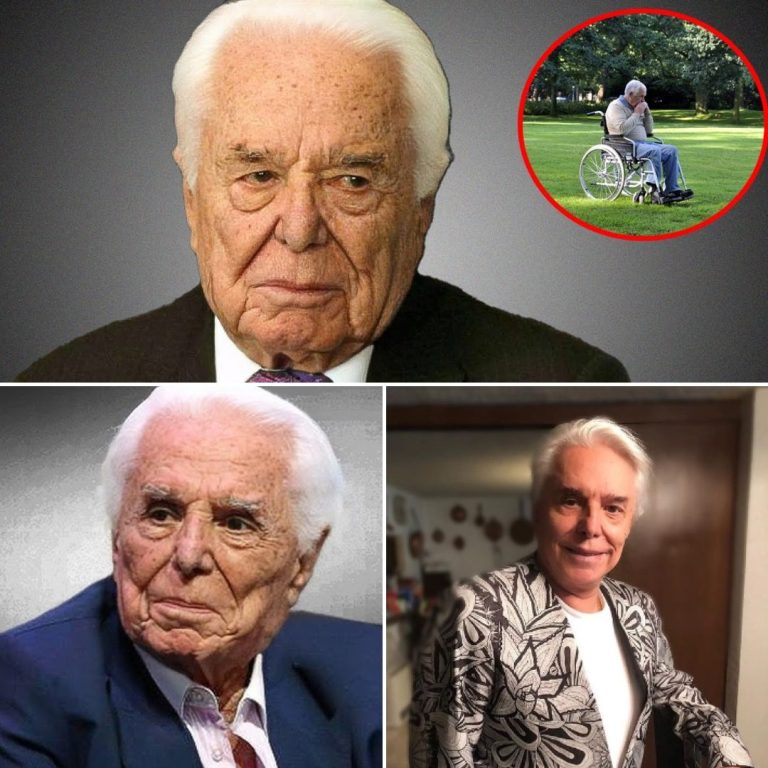
In a groundbreaking revelation for military aviation, the race for supremacy among sixth-generation fighter jets has taken an electrifying turn. As nations invest heavily in advanced air combat technology, speed comparisons of these next-gen aircraft have emerged, showcasing a staggering leap in capabilities over their fifth-generation predecessors.
The United States Navy’s FA-XX is set to replace the FA-18 Super Hornet, targeting a speed of approximately 1,190 mph (Mach 1.5). However, analysts suggest that speed may not be its primary asset, as it focuses on advanced weaponry and stealth features to counter high-speed anti-aircraft threats. Meanwhile, the European Future Combat Air System (FCAS) is projected to reach 1,243 mph (Mach 1.6), powered by cutting-edge engines designed for superior performance.
Japan’s Mitsubishi FX aims for a blistering 1,460 mph (Mach 1.9), featuring advanced thrust vectoring technology that enhances both maneuverability and stealth. The UK’s BAE Systems Tempest promises an impressive top speed of 1,553 mph (Mach 2), integrating unmanned capabilities and advanced stealth technologies.
Not to be outdone, the U.S. Air Force’s Next Generation Air Dominance (NGAD) initiative hints at speeds potentially exceeding Mach 2.8, while Russia’s Mikoyan Gurevich DP is rumored to cruise at an astonishing Mach 3 (2,300 mph), with capabilities to reach Mach 4.3, solidifying its position as a formidable force in aerial warfare.
Lastly, the enigmatic Chinese J-28 remains shrouded in secrecy, with its specifications and speed yet to be unveiled, leaving the world on edge about its potential impact.
As these nations race to develop and deploy these high-speed marvels, the future of aerial combat is poised for a dramatic transformation. Stay tuned as we continue to monitor this rapidly evolving story that could redefine the skies.





